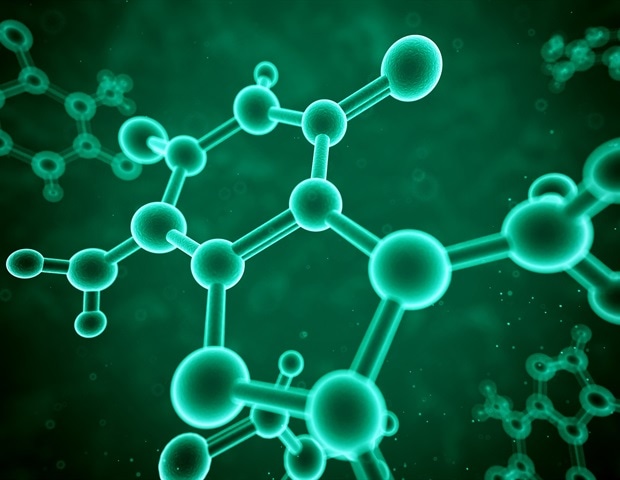Understanding the Role of Platelet-Activating Factor in Allergic and Inflammatory Responses
A team of researchers from Toho University has made a significant breakthrough in understanding how platelet-activating factor (PAF) influences the body’s response to allergies and inflammation. Led by Dr. Keisuke Obara, Dr. Kento Yoshioka, and Professor Yoshio Tanaka from the Department of Chemical Pharmacology, the study sheds light on how PAF triggers contractions in the smooth muscles of the esophagus. This discovery could lead to new treatments for gastrointestinal symptoms linked to allergies, asthma, and anaphylaxis.
What is PAF?
PAF, or platelet-activating factor, is a bioactive lipid molecule that plays a key role in various biological processes. It is produced by different types of cells in the body, especially immune cells, during inflammatory responses. PAF is known for its involvement in several critical functions, including blood clotting, the recruitment of immune cells to sites of injury or infection, and the onset of severe allergic reactions such as anaphylaxis.
One of the most notable effects of PAF is its ability to increase the permeability of blood vessels, allowing immune cells and other substances to move more freely into tissues. Additionally, it stimulates the contraction of smooth muscles in various organs, such as the lungs, intestines, and esophagus. These actions are essential for the body’s defense mechanisms but can also contribute to disease when PAF activity becomes excessive or misdirected.
The Impact of Excessive PAF Activity
While PAF is crucial for the immune system, overactivation of this molecule can lead to harmful consequences. When PAF is released in large amounts or inappropriately, it can trigger pathological conditions such as:
- Asthma: PAF contributes to airway inflammation and bronchoconstriction, making it harder to breathe.
- Inflammatory Bowel Disease (IBD): Excessive PAF activity may exacerbate inflammation in the digestive tract, leading to symptoms like abdominal pain and diarrhea.
- Allergic Reactions: PAF can intensify allergic responses, affecting both breathing and digestion.
These conditions highlight the delicate balance required in the body’s use of PAF. While it is necessary for normal immune function, its overactivity can cause serious health issues.
Potential Implications for Treatment
The research conducted by the team at Toho University offers valuable insights into the mechanisms through which PAF affects the body. By understanding how PAF triggers muscle contractions in the esophagus, scientists may be able to develop targeted therapies that reduce the impact of gastrointestinal symptoms associated with allergies and other conditions.
This knowledge could also lead to improved treatments for anaphylaxis, a severe and potentially life-threatening allergic reaction. By modulating PAF activity, medical professionals may be able to prevent or alleviate some of the most dangerous effects of allergic reactions.
Future Directions
Further research will be needed to explore the full range of PAF’s effects and to determine how best to control its activity in patients. Scientists may also investigate the potential of drugs that specifically target PAF receptors or inhibit its production. Such developments could offer new hope for individuals suffering from chronic inflammatory and allergic conditions.
As the field of immunology continues to advance, studies like this one provide a foundation for future breakthroughs in treating a wide range of health issues. The work of Dr. Obara, Dr. Yoshioka, and Professor Tanaka represents an important step forward in the quest for more effective and targeted treatments.







